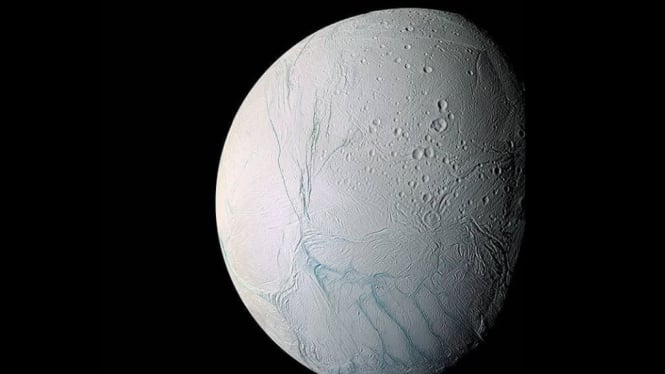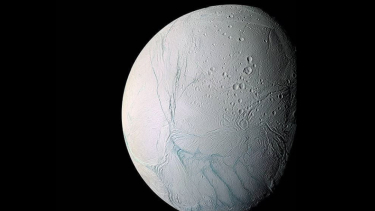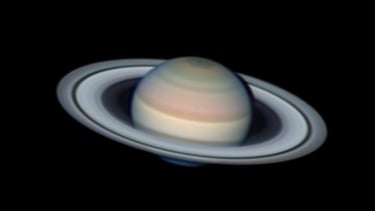- Instagram/@nasaspaceworld
VIVA – Experts say that cells of alien life can be detected in water jets gushing from one of Saturn's moon. Enceladus, one of the planet's 83 moons, is one of the strongest contenders for finding life in the solar system because it has a warm ocean of saltwater under a thick layer of ice.
Sending investigation through icy crevasses to take samples is tricky, but scientists have now confirmed that signs of life can be detected in plumes of water vapor gushing from the surface.
In a new study, experts at the University of Arizona and the PSL Research University in Paris calculated that there could be enough life on Enceladus that cells and other organic molecules would be expelled through the jets.
"Our research shows that if a biosphere, a region with living organisms is present in Enceladus' oceans, signs of its presence can be picked up without the need to land or drill," said Antonin Affholder of the PSL Research University in Paris.
Such a mission would require the orbiter to fly through puffs of smoke to collect a lot of material, as quoted from The Telegraph website, Thursday, December 29, 2022.
Saturnus
- Astronomy Now
Definitive evidence of living cells captured on alien worlds may remain elusive for generations. But he admits he can't rule out the potential existence of life on Enceladus.
Enceladus has been known to emit methane that could be produced by living organisms. However, since methane can also be produced by geological processes, it is not definitive proof of life.
"Obviously, sending a robot crawling through ice cracks and diving deep to the seafloor would not be easy," says senior researcher, Regis Ferriere.
A more realistic mission has been designed, which would use improved instruments to sample the jets like Cassini did or even land on the Moon's surface.
"By simulating the data that would be collected by a more prepared and sophisticated spacecraft, orbiting just from the jets alone, our team has now shown that this approach would be sufficient to determine definitively whether or not life exists within Enceladus' oceans without actually having to probe into the depths of the Moon," he explains.





















